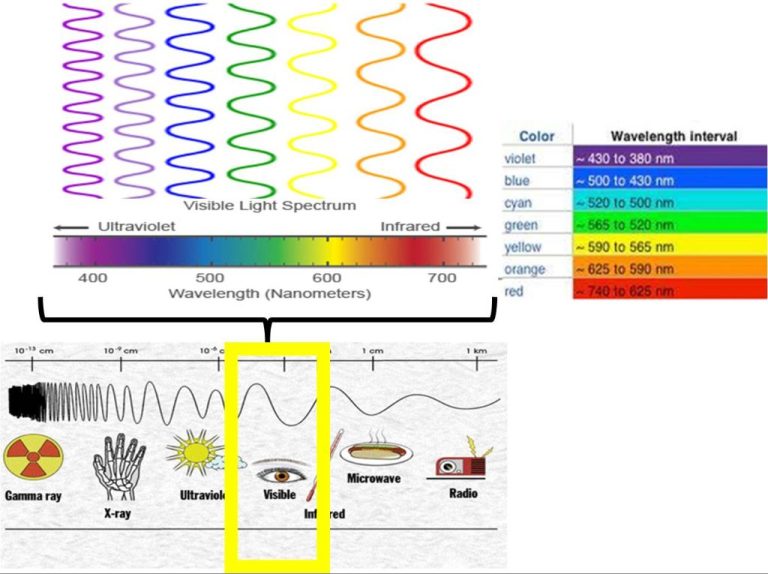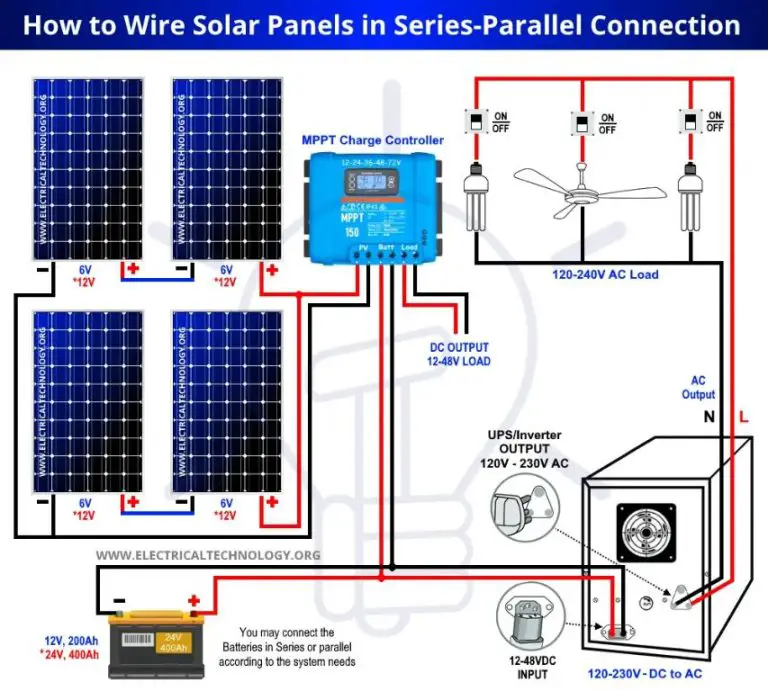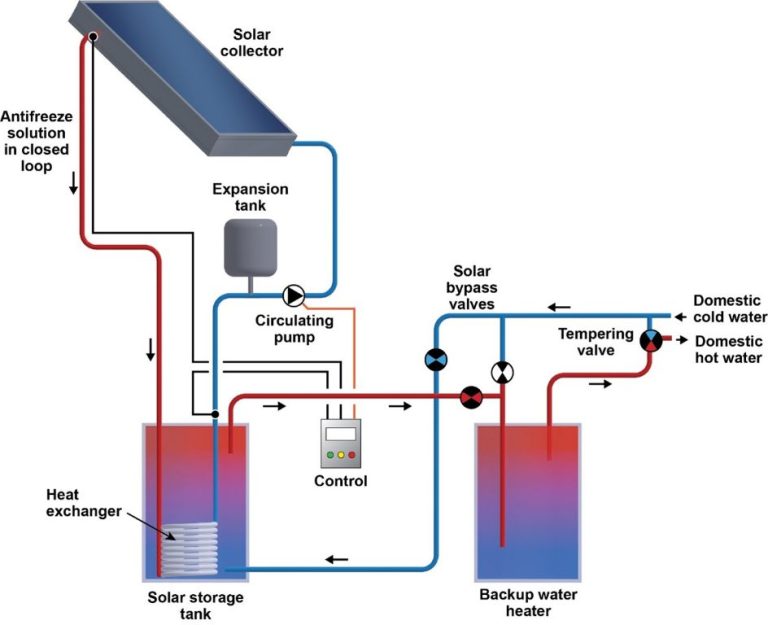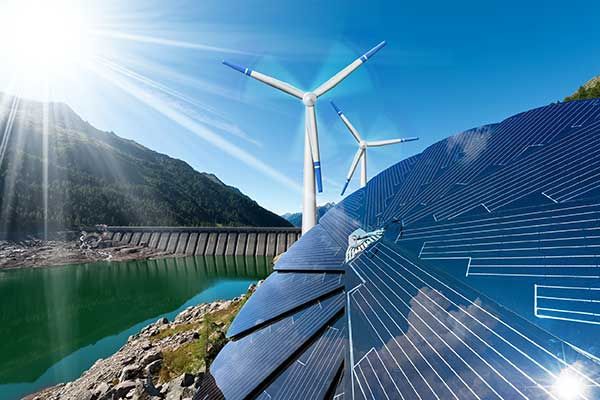Will Solar Energy Be Cheaper In The Future?
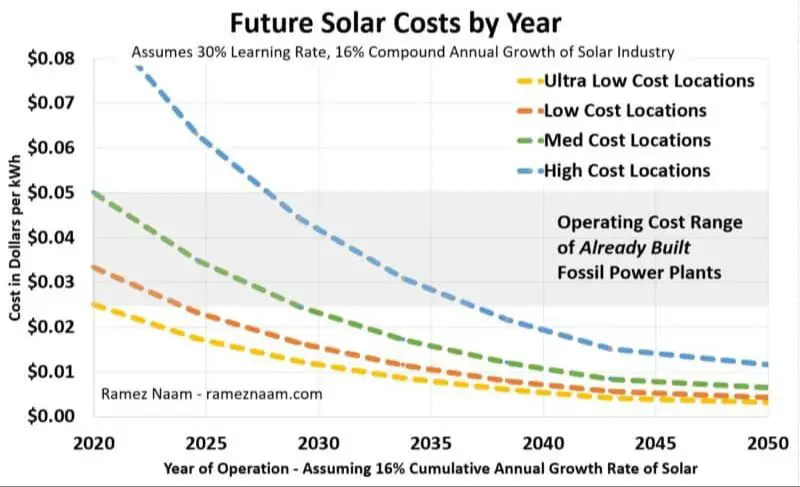
The cost of solar energy has declined dramatically over the past decade. Between 2009 and 2019, the average cost of solar panels dropped by over 80%. This steep drop has been driven by improvements in solar panel technology and manufacturing processes as well as strong growth in demand. As a result, solar is now cheaper than conventional energy sources like coal and natural gas in most parts of the world.
But will this trend continue into the future? There are several factors that will determine whether solar energy continues to get cheaper. On the one hand, there is still room for innovation in solar technology that could drive costs down further. Manufacturing efficiencies, economies of scale, and balance of system cost reductions can also reduce overall installed costs. On the other hand, constraints on raw materials, trade policy, and the expiry of government incentives could potentially slow cost declines.
This article will provide an overview of the factors that impact solar costs and analyze predictions on future pricing trends. Overall, projections suggest solar will likely continue to decrease in cost but the pace of cost declines may start to slow down. By understanding the key drivers, we can gain insight into when solar may achieve grid parity and become the world’s cheapest energy source.
History of Solar Prices
The cost of solar photovoltaic (PV) panels and solar energy has declined significantly over the past few decades. According to a report by the National Renewable Energy Laboratory (NREL), the average price of solar panels dropped by 90% between 2009 and 2019 [1]. In 1977, solar PV cost around $77 per watt. By 2020, prices had fallen to around $0.38 per watt [2]. This represents a 99% drop in solar PV pricing over the past 40+ years.
The Department of Energy (DOE) tracks the costs of solar in the United States through its Solar Energy Technologies Office. According to the DOE, the average price of a residential solar system declined from around $7.50 per watt in 2010 to around $2.70 per watt in 2019, representing a 64% drop over the decade [3]. For large utility-scale solar projects over the same time period, costs fell 75% from around $4.00 per watt to $1.00 per watt.
Industry experts predict solar PV prices will continue to decrease in the years ahead, but likely at a slower pace than the dramatic reductions seen in previous decades. However, continuing advancements in technology and economies of scale are expected to further drive down costs.
Why Solar Got Cheaper
Solar energy has seen dramatic price declines in recent decades due to improvements in solar panel efficiency and rapid growth at scale. According to WTSEnergy, the average cost to install solar has dropped by more than 70% over the last 10 years. Key innovations that have driven down the cost of solar include:
Improved panel efficiency – Solar panels have become much more efficient at converting sunlight into electricity. Typical solar panels converted around 15% of sunlight into electricity in 2008. Today’s panels are over 20% efficient. This improved efficiency means you need fewer panels to generate the same amount of electricity.
Economies of scale – As solar adoption has grown exponentially, manufacturers have been able to produce solar panels at ever larger scales. This has enabled declines in manufacturing and installation costs. According to CNET, the amount of solar energy produced globally has doubled seven times since 2000. These economies of scale have been a key driver of the massive price drops.
Factors Driving Future Cost Reductions
Several key factors are expected to continue driving down the cost of solar energy in the future:
Continued technology innovations to improve efficiency – As R&D leads to improvements in solar cell and module efficiency, more energy can be produced from the same sized systems, reducing $/watt costs. New materials like perovskites and advanced solar cell designs will enable higher efficiency levels.
Economies of scale as adoption increases – With increasing demand and installation volumes, manufacturers can produce at larger scales and reduce costs through mass production. Suppliers can also negotiate lower input costs. This results in lower solar equipment pricing.
Process improvements and supply chain optimizations – Producers are constantly refining manufacturing processes, engineering designs, and supply chains to cut waste and improve throughput. This allows for lower production costs over time.
According to experts at the National Renewable Energy Lab (NREL), continued innovations and scale could reduce utility-scale solar costs a further 40% by 2030 [1]. This shows the potential for significant ongoing cost declines.
Challenges to Further Cost Declines
While solar power has seen significant cost reductions in the past decade, there are still challenges to making it even more affordable in the future. Some of the main obstacles include:
Potential saturation of early adopters – The early adopters who were most eager to go solar despite higher prices have largely already done so. This reduces the pool of customers for continued near-term demand growth (Source).
Policy and regulatory uncertainty – Changes to incentives like solar tax credits or net metering policies can impact the economics of solar installations. Uncertainty around future policy support introduces risk and limits investment (Source).
Limits to efficiency gains from tech – While technology improvements have driven major solar cost declines, these gains are harder to achieve after the early rapid innovations. There are practical limits to how efficient solar panels can become (Source).
Predictions on Future Pricing
There are varying expert predictions on how much solar energy costs will decline in the coming years. According to a CNET article, the cost of solar panels has already dropped significantly in the past decade from around $50,000 for the average residential system in 2010 to about $25,000 today. Experts project the costs will continue to fall due to economies of scale, technology improvements, and streamlined installation processes.
One forecast from Wood Mackenzie predicts utility-scale solar costs will drop another 40% by 2025. Meanwhile, the National Renewable Energy Laboratory (NREL) projects residential solar costs could decline an additional 15%-25% between 2020 and 2030. The most optimistic predictions come from Ramez Naam, who foresees solar costs plummeting 75%-90% by 2030 due to continued innovation and market growth.
While the exact trajectory is uncertain, the consensus view agrees that solar will keep getting cheaper. But the rate of decline may moderate as solar becomes mainstream. Policy incentives also play a role in accelerating cost reductions. Overall, experts expect solar to reach 2-4 cents per kWh in most U.S. regions within the next decade.
Impact of Storage Costs
Energy storage is crucial for enabling greater adoption of solar power. Solar is an intermittent resource, generating electricity only when the sun is shining. Battery storage allows solar power to be dispatchable – stored when solar panels are producing excess energy and discharged when needed, including at night. This makes solar electricity more usable and valuable to the grid.
Lithium-ion batteries have seen massive price declines, with costs dropping nearly 90% in the last 10 years according to a recent report. Continued innovation and economies of scale will enable further battery price reductions. The U.S. Department of Energy has set storage cost targets of $100 per kWh for utility-scale applications by 2030, down from over $200/kWh today.
Falling battery prices will be key to driving additional solar power penetration. By making solar dispatchable, cheaper batteries will allow solar to provide a higher percentage of electricity demand. Ultimately very low battery costs could accelerate grid defection as solar-plus-storage becomes competitive with retail electricity prices.
Role of Government Policy
Government policies have played a major role in driving down solar costs and improving competitiveness. According to the Energy5, governments use incentives, policies, and regulations to accelerate solar adoption. Key policies that impact solar competitiveness include:
Renewable Energy Targets – Many governments have set targets for renewable energy to make up a certain percentage of overall generation by a future year. For example, California has a target of 60% renewable energy by 2030 and 100% by 2045. These ambitious targets drive investment in solar and make it more cost competitive.
Carbon Pricing – Putting a price on carbon emissions through carbon taxes or cap-and-trade systems makes fossil fuel energy more expensive relative to clean sources like solar. This improves the economic competitiveness of solar.
Direct Financial Incentives – Policies like tax credits, rebates, and feed-in tariffs provide direct financial incentives to install solar panels and lower the lifetime costs for consumers. This stimulates demand and enables scale and cost reductions.
Favorable Rate Structures – Some jurisdictions allow net metering, which provides bill credits at the retail electric rate for solar production sent back to the grid. This increases the value proposition of solar for homeowners.
Together these policy mechanisms make solar more cost competitive while driving scale, innovation, and cost declines across the industry.
When Will Solar Reach Grid Parity
Grid parity refers to the point when the cost of generating electricity from solar panels falls below the cost of buying power from the electricity grid. At this stage, solar becomes truly cost-competitive with conventional energy sources like coal and natural gas without any subsidies or incentives. Grid parity is an important milestone for solar energy as it demonstrates its growing competitiveness.
Most analyses suggest that solar will reach grid parity in a growing number of markets over the next decade. According to research from McKinsey, the UK could hit grid parity by 2020 due to continued declines in solar panel prices1. The European Photovoltaic Industry Association predicts parity in many European nations by 2020 as costs fall2. Ido Ginodi notes 2023 as the year solar beats all other energy sources in an analysis of levelized costs3. Key factors enabling grid parity include improving solar panel efficiency, economies of scale in manufacturing, and balance of system cost reductions.
Reaching grid parity will accelerate solar adoption worldwide. It will enable solar to compete directly with fossil fuels without subsidies, driving more widespread use. However, achieving grid parity in every market will still take time based on differing solar resources, electricity prices, and policy environments.
Conclusion
Pundits and industry experts seem mostly unanimous in predicting that the price of solar power will continue to fall over the next decade and beyond. Based on the analysis of historical trends and forecasts, solar PV panels will likely become 50-60% cheaper by 2030. The main drivers enabling this continued cost reduction are technological innovations, economies of scale, and streamlining of soft costs such as permitting and labor. While there are challenges like supply chain constraints and policy uncertainty, the overarching trajectory is strongly downwards.
Overall, it seems clear that solar will eventually become cheaper than fossil fuels and other traditional energy sources across most parts of the world. In regions with high-priced retail electricity and strong solar resources, grid parity could arrive within the next 5-10 years. For other areas, it may take a bit longer, but the directionality is apparent. Barring any unforeseen circumstances, solar power will likely become the least expensive form of electricity in most geographies in the foreseeable future.


